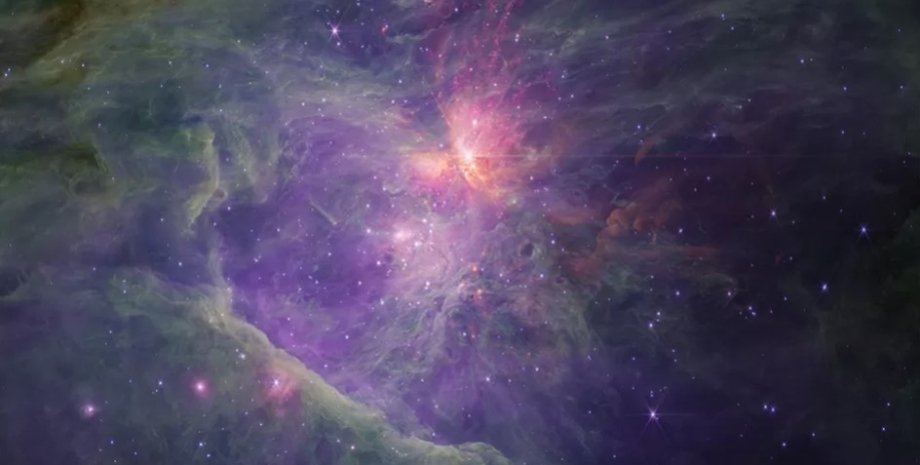
Subscribe not to miss the latest and most intrusive news from the world of science! Orion nebula, located approximately 1400 light years from us, is the closest to the Earth, the large region of the formation of new stars. With the help of a space telescope, webb scientists have taken new pictures of this nebula in different waves of the infrared range. During the observation week, the telescope took 700 pictures, of which new images were drawn up.
In the nebula of Orion there are several thousand young stars, the mass of which ranges from 0. 1 to 40 masses of the sun. Around some stars formed protoplanetary disks from which planets appear, around the other stars these disks were scattered due to the strongest radiation of the largest stars in the region. As a result of the observations, astronomers have received a more complete idea of Orion's nebula and at the same time made an unexpected discovery.
They found 40 pairs of double -like objects, with the mass of Jupiter, which are free to fly in space and do not rotate around local stars. Scientists do not yet understand the nature of their formation, but they have two main versions. It is worth noting that it is not yet clear whether these objects are planets. But scientists believe that they can be.
According to scientists, the fact that the planets can fly away from their stars are already known, but to fly such planets in pairs - this is the first time. Therefore, astronomers will continue observations to understand what these objects that fly freely are, and how they were formed. According to scientists, in all regions where new stars appear, there are such double Jupiters, and perhaps even double lands. But only the webb telescope was able to detect such pairs for the first time.
The new images of Orion's nebula should also pay attention to the bright red structure that stands out against the general background. It is the release of molecular hydrogen from the molecular cloud of Orion 1. This object appeared as a result of the collision of two huge stars, which happened only a few hundred years ago. Now hydrogen flies into space from the site of collision at a speed of 100 km/s.










All rights reserved IN-Ukraine.info - 2022